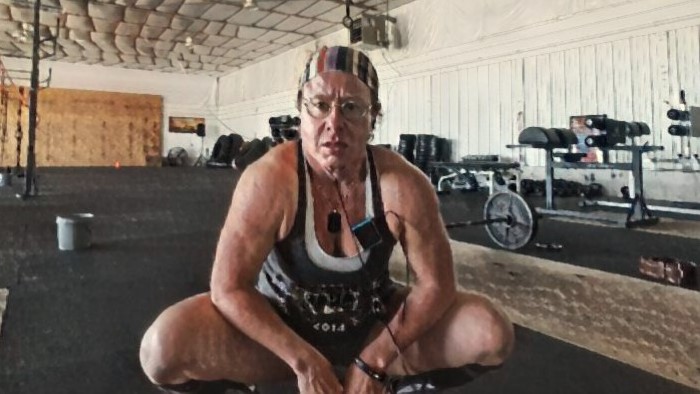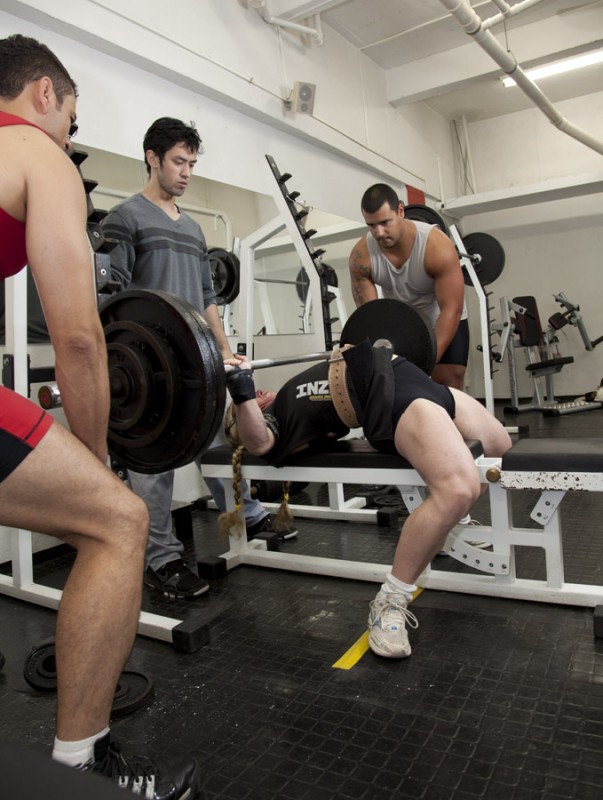
That's a question that never dies. Sadly, the answers usually don't help to settle the issue.
When I started lifting, there was a piece of PVC pipe at the gym. It was just sitting there when one day I saw somebody painfully bench with the PVC pipe forcing their arch. They were practicing the arch.
The arch itself hardly improves bench press performance. The lumbar arch is a natural consequence of isometric scapular retraction (throughout the whole lift) and glute contraction. When the lifter strongly contracts both, two things may happen: if they are a beginner, it will feel very different. It's different to feel stable with an unstable weight on your hands. Then they will cramp. The second option is that if they are experienced, the scapular retraction will not only stabilize them but their feet will move back, with a <90o knee flexion angle. I'm not going to talk about leg drive today since it may depend on consciously performing a few new tasks before they are automatic.
The resulting arch for a lifter who adopts the stable setup will be an arch. Some are contortionist-level arches, others are invisible, usually because it is a big person with more fat tissue.
The arch is nothing more than hyperextension of the spine.
Forcing an arch, especially in beginner athletes, is futile. There will be an optimal stability arrangement for each person depending on their anthropometric dimensions and mobility.
Studies show that there is no significant association between the bench press 1RM and performing a deliberate arch for trained competitive powerlifters or for paralympic competitive lifters.
About 15 years ago the picture below showed up everywhere. This picture was even at some gyms' walls.

Following that, there was a wave of very young female lifters with proportionately (for their age and weight) very heavy bench presses. They were young and female - all of them.
Most just disappeared: their natural mobility created these "mega-arches". Few adults have impressive arches and among very high performers, even less. With few exceptions, the deliberate arch is not associated with a heavier 1RM.
When my daughter first set up on a bench because she was curious about what I was doing, she had never seen me or anybody else bench. Her arch was even more impressive than the one in the picture. She participated in a local competition and there was a "ohhhh" sound of amazement from the spectators when she set up. The weight wasn't impressive. She trained for a few weeks only and decided it was not her thing. When she was a newborn, she would hyperextend in the crib. Being my first baby, I took her to the doctor to check if her spine was ok: that didn't seem right. But it was. Her mobility is different. She squats deep with neutral feet, she hyperextends - it's just how she is. We never told her there was something called "the arch".
My bench press was pretty arched, with feet flat on the floor. In 2013 I had spondilodiscitis and my L3 and L4 spinal disks fused because they were softened by the bacteria and when they healed they became one strange disk. My arch is less accentuated but my numbers were better.
Bottom line is that no, I don't think "training the arch" is relevant or even necessary. Training a stable setup is.









